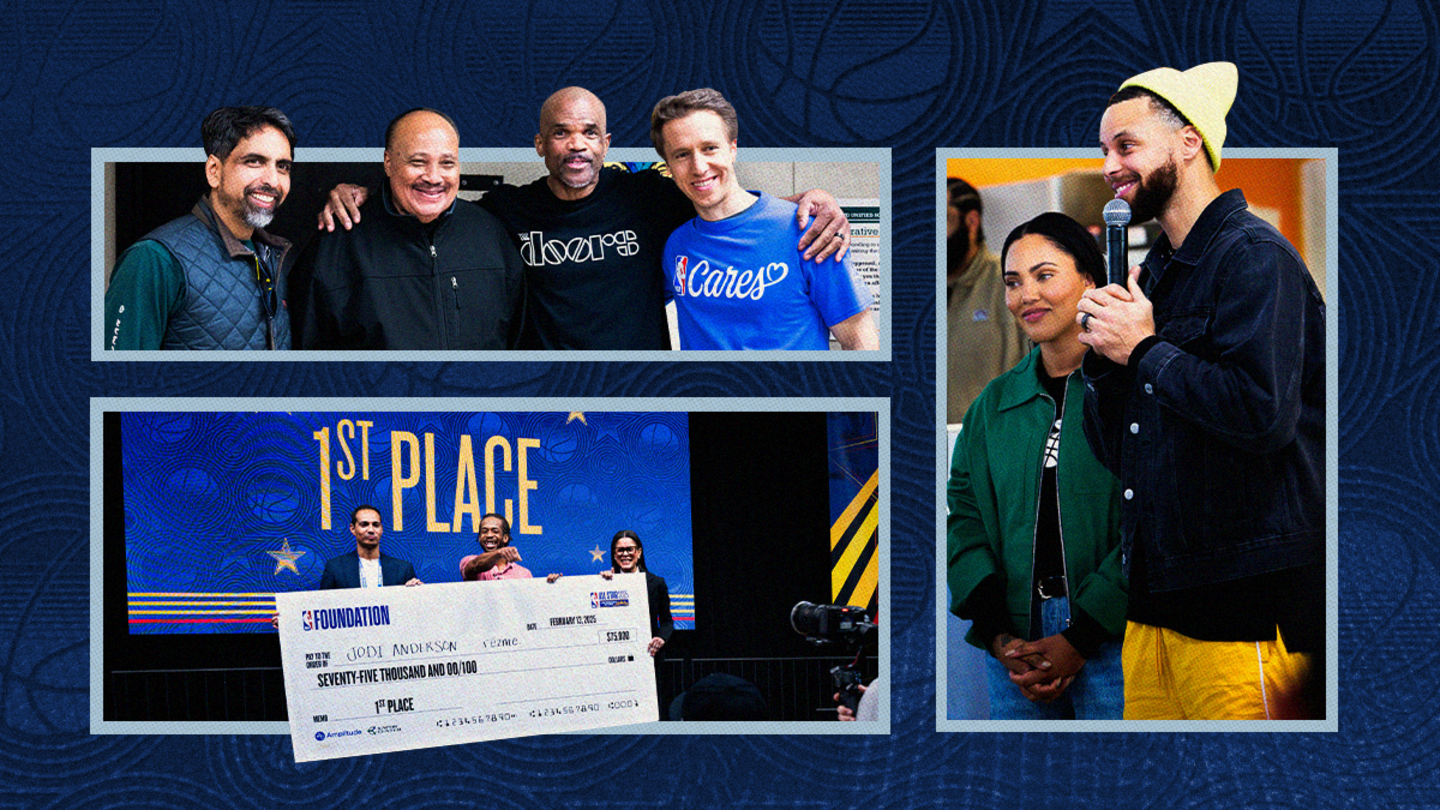This article was previously published by Stand Together Foundation.
***
Principle Based Management™ provides a holistic approach to making decisions, solving problems, and creating value for individuals in your community, team members in your organization, and society at large. It is rooted in proven principles that have fueled the ongoing success of Stand Together and our partners. In this Principle Based Management 101 series, we’re unpacking mental models, ideas, and tools that you can use to reach the next level in your work.
In your daily work as a nonprofit leader, you’re probably used to spending your time building things. Creating new programs, launching new fundraising campaigns, designing new processes…
What if we told you it was time to start destroying things, too?
It’s not as scary as it sounds. Let us explain what we mean.
In the Vision Dimension of Principle Based Management (PBM), you learn that defining and communicating value is a cornerstone of effective nonprofit management.
However, value only exists when your nonprofit is meeting real needs. And needs are constantly shifting—that means that your strategy and programs must shift, too. You must constantly drive improvements, both small and transformational, to achieve long-term impact. You may have carefully evaluated what your community needs to flourish today—but there is no guarantee that your recipe for value creation will stay constant. In fact, the only guarantee is that all of our practices, no matter how successful they are today, will one day be obsolete. (How many of our plans stayed untouched as the global pandemic began spreading in 2020?)
So what can you do to stay agile? Embrace the power of “creative destruction.”
Creative destruction describes the process of new methods, ideas, services, and technology evolving to meet needs in more effective ways. It is one of the essential and ever-present features of a free and open society. The only question is: are you driving it, or is it happening to you?
By definition, creative destruction requires a willingness to move past the “old way” of doing things and look for better solutions. If you want to continually create value for the long-term, you must encourage constant innovation in your organization.
We use the PBM Dimension of Vision to harness the power of creative destruction, in part by applying the Vision-Development Process to evaluate how the world is changing and where we can have the greatest impact. Vision also provides a clear North Star to aim at—which empowers leaders and employees to entrepreneurially find new and better ways to get there. Finally, developing an effective vision results in a culture where everyone can challenge ideas, provide respectful feedback, and act with humility.
In the business world, the creative destruction process happens visibly. New products and services are constantly brought to market, and consumers choose and reward those that serve them best. Upstarts swarm and giants topple (unless propped up by corporate welfare and political connections). Businesses that don’t change are soon pushed out by competitors.
The process is no less important in the nonprofit sector. The best nonprofits are constantly evolving and experimenting with more effective and efficient ways to create value for their beneficiaries, and new and better ways to communicate that effectiveness to donors passionate about making a real difference. Their long-term strategy is not assumed based on evidence of short-term impact. It is constantly tested and refined.
Just as Amazon disrupted traditional retailers and Netflix disrupted the media industry, you are faced with the exciting—and unavoidably necessary—challenge of disrupting the status quo in philanthropy.
Integrating creative destruction into your organization can be a difficult task. It’s often most successful when approached as a set of shared expectations for team members in daily work. Consider the following three criteria to align your own organization and embrace constant innovation:
- What aspects of your work culture encourage innovation and entrepreneurial effort? What aspects of your culture may be stifling creativity?
- How are you rewarding innovative thinking? (Or are you actually punishing innovative thinking?)
- As a leader, in what ways are you enabling innovative contributions from others?
***
Learn more about Principle Based Management and how it can help you transform your results.



